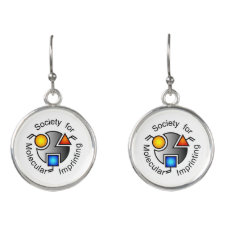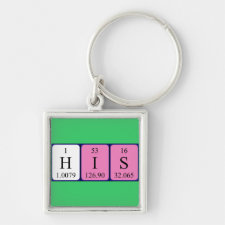
Authors: Fernández-Barbero A, Suárez IJ, Sierra-Martín B, Fernández-Nieves A, de las Nieves FJ, Marquez M, Rubio-Retama J, López-Cabarcos E
Article Title: Gels and microgels for nanotechnological applications.
Publication date: 2009
Journal: Advances in Colloid and Interface Science
Volume: 147-148
Page numbers: 88-108.
DOI: 10.1016/j.cis.2008.12.004
Alternative URL: http://www.sciencedirect.com/science/article/B6V5F-4V75YVK-2/2/5fd1af8332d0cc8f64049e6268851cf3
Abstract: In recent years, "smart" materials have been the focus of considerable interest, from both fundamental and applied perspectives. Polymer gels are within this category; they respond to specific environmental stimuli by changing their size. Thus, the internal structure, the refractive index, and the mechanical properties of the polymer network change. They are considered super absorbent materials, as they can absorb solvent up to several hundred times their own weight. They respond rapidly to local environmental variations, an important fact in device miniaturization and microsensor developments. As size changes are accompanied by changes in internal dimensions, microgels have found application as carriers of therapeutic drugs and as diagnostic agents. They have also been used as microreactors, optically active materials, for template synthesis of nanoparticles or fabrication of artificial muscle. In this paper we review a set of application based on the special features associated to this systems. Basic concepts on the physical-chemistry of gel swelling is first described, followed by different applications covering drug delivery, composite materials using polymer gels to modulate optical or magnetic and electrical properties, molecular imprinting, gel-based biosensors and polymer sensors and actuators used in the field of artificial muscles
Template and target information: Review - gels and microgels in nanotechnology



Join the Society for Molecular Imprinting

New items RSS feed
Sign-up for e-mail updates:
Choose between receiving an occasional newsletter or more frequent e-mail alerts.
Click here to go to the sign-up page.
Is your name elemental or peptidic? Enter your name and find out by clicking either of the buttons below!
Other products you may like:
 MIPdatabase
MIPdatabase









